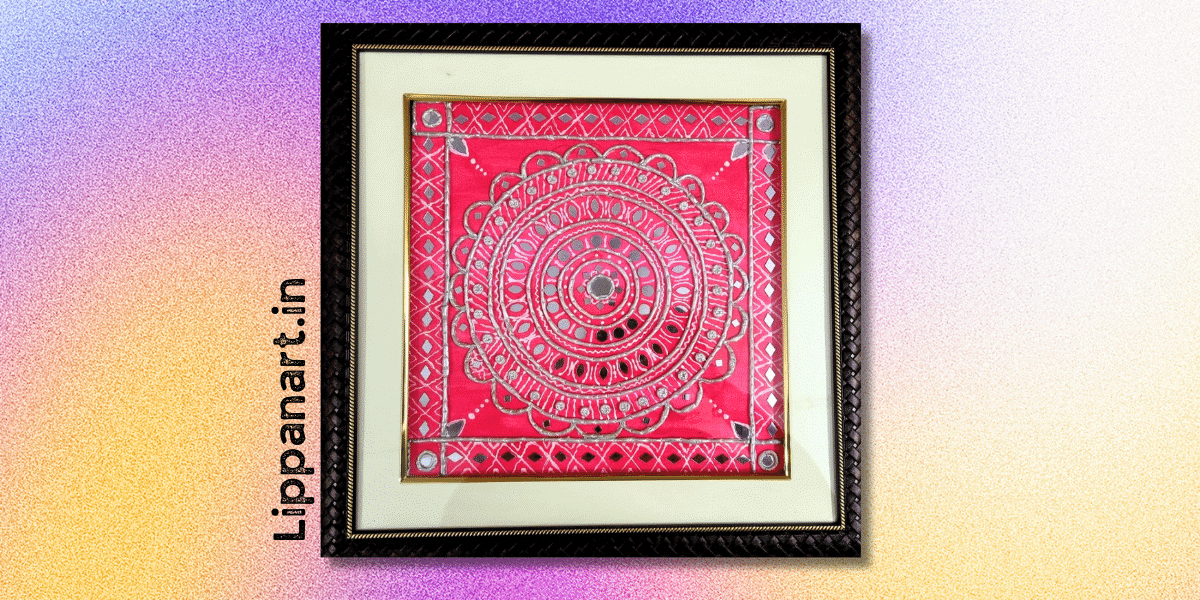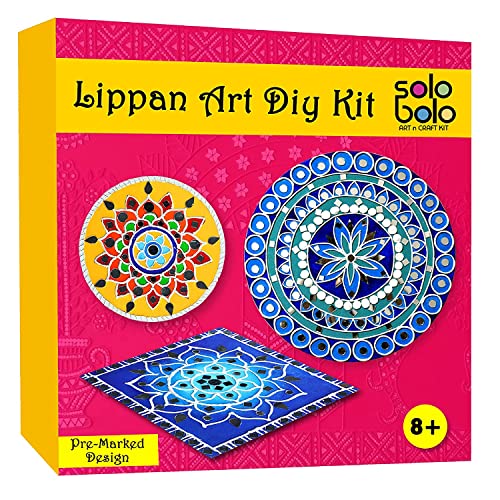Are you ready to make a statement in your home? Hanging art is a creative and fun way to express yourself and add that extra touch of style.
You can make your artwork look its best with a few simple rules. Our article on “Rules for Hanging Art” has all the tips you need to create an eye-catching display.
So, come along and learn how to craft the perfect gallery wall that will wow your guests. You’ll be sure to make a lasting impression with our helpful advice!
Key Takeaways
- Use the eye level rule as a starting point by marking 57 inches from the floor on the wall.
- Adjust the placement of the artwork if it is going near furniture or a mantle.
- Use the right hardware and tools for a modern and professional look.
- Experiment with different arrangements and placements to find the perfect combination.
Measuring and Planning
Planning and measuring are vital to hanging art correctly; the eye-level rule is a good starting point.
Use a measuring tape to mark 57 inches from the floor on the wall, as this is usually the average eye level.
Once the spot is marked, measure the height of the artwork and divide it in two to get the centre of the painting.
Then, measure the distance from the top of the artwork to the hanging wire or hook, and subtract this number from the focal point to mark your spot above the 57-inch mark for the picture hanger.
The frame should be 6-8 inches above if the artwork is near furniture or a mantle.
For multiple artworks, anchor them around the 57-inch focal point, with 3 to 6 inches spacing between each piece.
Remember to adjust the 57-inch measurement to match your eye level and think about the size and proportion of the artwork about the furniture when making your holes in the walls.
With thoughtful planning and measuring, your artwork will be hung perfectly!
Wall Placement and Height
When placing artwork on the wall, ensure it’s at eye level for comfortable viewing and consider the size and proportion of the painting’s furniture.
To do this, measure the artwork’s height and divide by 2 to find the centre. Mark 57 inches from the floor as a reference point and then measure the distance from the top of the artwork to the hanging wire or hook, subtracting this from the focal point. This will give you the hanger placement spot above the 57-inch mark.
When hanging artwork above furniture or mantles, the eye-level rule may not apply. Instead, the bottom of the frame should be 6 to 8 inches above the top of the feature.
Treat each piece in an art collection as if it were one piece of artwork, anchoring them around the 57-inch focal point and leaving 3 to 6 inches of negative space between them.
Make sure to adjust the 57-inch measurement if your eye level is different. Keep in mind that personal preference is significant when displaying art.
Hardware and Tools
You’ll need the proper hardware and tools to hang your artwork securely and safely. A picture hanging kit is essential as it contains all the necessary supplies. Ensure equipment with wall anchors and a picture rail for added security.
Consider using a picture rail system, a flexible way to hang and rearrange art for a more innovative approach. It also requires fewer hardware and tools.
You can hang your artwork quickly and easily with the proper hardware and tools. Plus, you’ll achieve a modern, professional look that will transform any space.
- Editor’s Choice
- Best Seller
- Amazon Choice
Leveling and Aligning Artworks
Levelling and aligning artwork for a professional and symmetrical look is essential. To ensure the painting is hung correctly, measure the distance from the top of the artwork to the hanging wire or hook and then subtract this number from the 57-inch eye level mark on the wall. This will give you the spot above the 57-inch mark where the hanger should be placed.
When hanging art close to furniture or mantles, the eye level rule may not apply, and the bottom of the frame should be 6 to 8 inches above the top of the feature.
Also, treat each piece in a collection as if it’s one work of art. Anchor multiple works around the 57-inch focal point for balance, and maintain a 3 to 6-inch spacing between them.
Levelling and aligning artwork is essential for a modern and stylish look.
Grouping Artworks for Cohesion
Grouping artwork can create cohesion and give your space a modern and stylish look. Following a few simple rules can help you create a beautiful gallery wall. Here’s a list of what to keep in mind when curating a wall of art:
- When hanging artwork at eye level, measure the artwork’s height and divide by 2 to find the centre. Mark 57 inches from the floor on the wall as a reference point, then measure the distance from the top of the artwork to the hanging wire or hook to determine the hanger placement.
- If the artwork is near furniture or mantles, the bottom of the frame should be 6 to 8 inches above the top of the feature. You can also adjust the 57-inch guideline accordingly.
- Treat each piece of art in the collection as if it were one artwork. Anchor multiple works around the 57-inch focal point for balance, and keep a 3 to 6 inches spacing between individual pieces.
- Personal preference is critical when displaying art. Experiment with different arrangements and placement until you find the perfect combination!
Appropriate Spacing Between Pieces
You want to ensure each of your art pieces stands out and looks cohesive when hung on the wall. The key to creating a successful display is proper spacing between artwork. To help you achieve the perfect look, here are a few rules to keep in mind.
When adequately spacing artwork, aim for a gap of 3-6 inches between each picture or print. Additionally, each piece should be hung at the proper height, which is 57 inches from the floor. This is the average eye level, which ensures comfortable viewing. If your eye level is different, adjust the 57-inch measurement accordingly.
Lighting and Surrounding Decor
When hung on the wall, make sure the lighting and surrounding decor complement your artwork for a polished look. Here are a few design rules to keep in mind:
- Choose lighting that won’t overpower the artwork.
- Make sure the wall art is evenly spaced with the surrounding decor.
- Utilize the wall space to create a balanced display.
- Consider the ceiling height when selecting artwork.
Incorporating these rules will help create an aesthetically pleasing, modern and welcoming collection.
Lighting is a significant factor to consider and can be used to draw attention to specific pieces. Wall art should be thoughtfully considered, as it will set the tone for the entire room. Utilizing the wall space can help create a visually dynamic display while considering ceiling height to ensure proportionality.
Conclusion
Now that you know how to hang art, creating a beautiful gallery wall or showcasing stunning artwork
in any room is easy. Don’t hesitate to get started today – with the right tools, measurements, and knowledge, you can create a stunning display that will add the perfect finishing touch to
your space. So why wait? Start hanging art and let your creative side shine!













